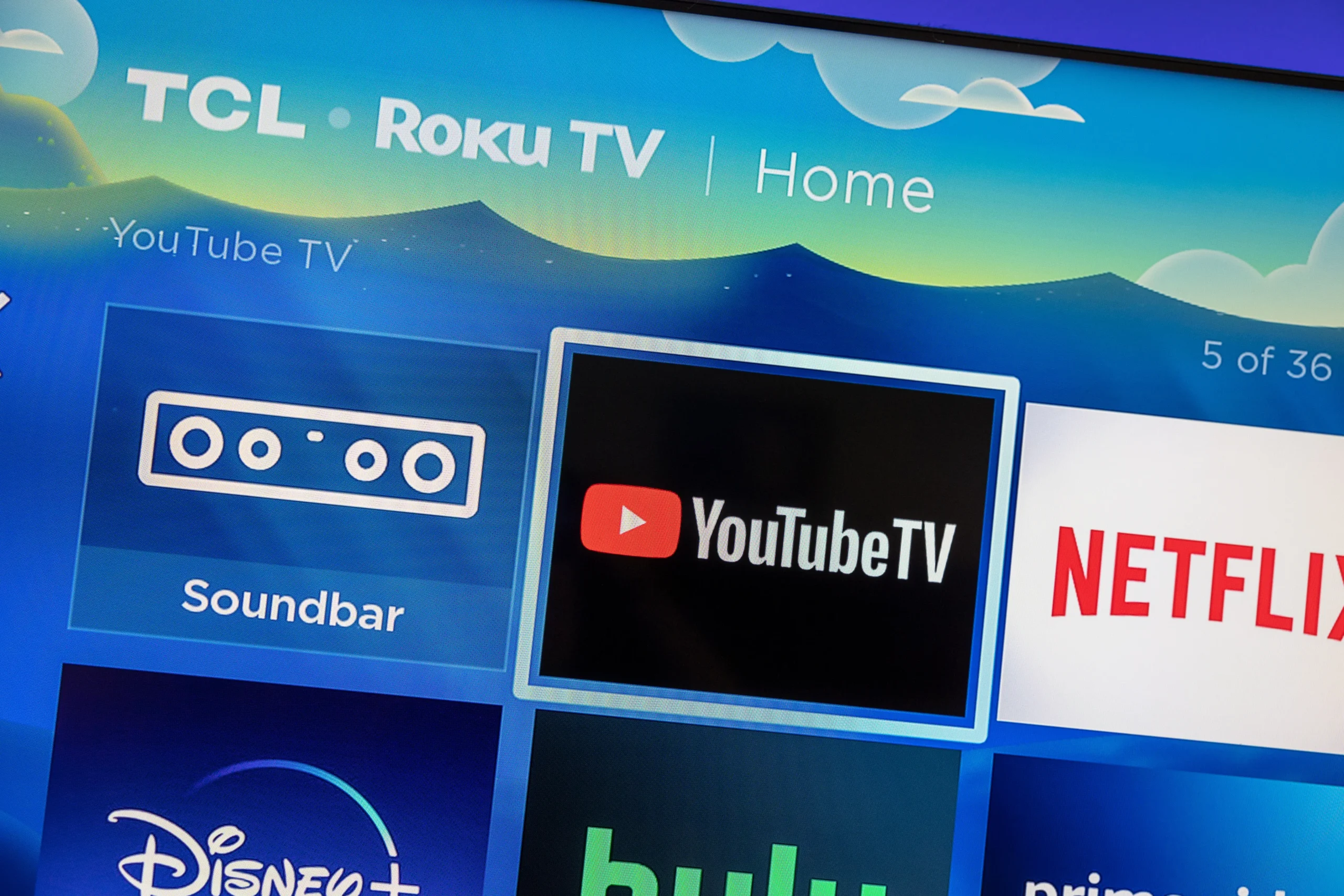Confused about YouTube’s hidden dislike count? Explore YouTube dislike services, their pros and cons, and discover alternative ways to gauge audience reception on YouTube.
In the ever-evolving landscape of YouTube, the role of the dislike button has become a contentious topic. While YouTube removed the public dislike count in late 2021, citing concerns about harassment and “dislike attacks,” the desire to understand a video’s reception remains strong for viewers. This has led to the emergence of YouTube dislike services.
But before you delve into these services, it’s crucial to understand their purpose, potential benefits, and associated drawbacks. This article will explore everything you need to know about YouTube dislike services, including:
- What are YouTube dislike services?
- Types of YouTube dislike services
- Why people use YouTube dislike services
- Potential benefits of using YouTube dislike services
- Risks and drawbacks of using YouTube dislike services
- Alternatives to YouTube dislike services
What are YouTube Dislike Services?
YouTube dislike services are third-party tools or websites that claim to provide information about a video’s dislike count, even though it’s hidden on the platform. These services often operate in two main ways:
Estimated Dislike Count: Some services use algorithms and historical data to estimate the number of dislikes a video might have received. This estimation is based on factors like like-to-comment ratio, view duration, and audience demographics.
Dislike Tracking: These services track dislikes before YouTube made the count private. They can only offer historical data on videos uploaded before the change.
Types of YouTube Dislike Services
There are two main categories of YouTube dislike services:
Free Services: These services typically offer a basic level of functionality, such as estimated dislike counts. However, their accuracy can be questionable, and they may be riddled with intrusive ads.
Paid Services: These services often provide more advanced features, like historical dislike data, dislike ratio calculations, and even breakdowns by region or demographics. However, their reliability can vary, and they may violate YouTube’s terms of service.
Why People Use YouTube Dislike Services?
People use YouTube dislike services for various reasons, including:
Gauging Audience Reception: Dislikes can indicate viewers’ disapproval or dissatisfaction with a video’s content, quality, or accuracy.
Spotting Misinformation: A high dislike count might raise a red flag about a video promoting false information.
Identifying Disliked Content: Viewers might use dislike services to find out which videos within a specific niche or topic have been negatively received.
Competition Research: Creators might use dislike services to understand how their competitors’ content is being perceived.

Understanding YouTube Dislikes Services
What Are YouTube Dislikes Services?
YouTube dislikes services are third-party tools or services that offer the option to increase the number of dislikes on a video. Unlike organic dislikes, which occur when viewers express their genuine dissatisfaction with content, these services allow for a controlled and strategic approach to manipulating the dislike count.
How Do YouTube Dislikes Services Work?
These services typically operate by allowing users to purchase dislikes for specific videos. Users can customize the number of dislikes they want to add and the targeted videos. While controversial, some content creators and businesses explore these services as a means of generating engagement and sparking discussions.
The Impact on Audience Engagement
Increased Visibility
Surprisingly, leveraging YouTube dislikes services strategically can lead to increased visibility for your content. The YouTube algorithm considers engagement metrics, including likes and dislikes, when determining the visibility of a video. A balanced ratio of likes to dislikes may contribute positively to your video’s performance in search results and recommendations.
Encouraging Dialogue
Dislikes can be a powerful tool for sparking discussions and encouraging viewers to share their opinions. Controversial topics or thought-provoking content may benefit from the inclusion of dislikes, as they can serve as a catalyst for meaningful conversations within the comment section.
Potential Benefits of Using YouTube Dislike Services
While YouTube removed the dislike count, there can be some advantages to using dislike services:
Informed Viewing Decisions: Dislike estimates can offer some insight into audience reception, helping viewers decide whether to invest their time in a video.
Identifying Biased Content: A surge in dislikes could suggest the video presents a one-sided or misleading perspective.
Verifying Information: Dislike services might reveal attempts to manipulate public opinion through artificial like inflation.
Risks and Drawbacks of Using YouTube Dislike Services
It’s important to be aware of the potential downsides of using YouTube dislike services:
Inaccurate Estimates: Estimated dislike counts may be unreliable and heavily influenced by the service’s algorithm.
Security Concerns: Some services might be scams or collect user data without proper consent.
Outdated Data: Dislike tracking services can only offer historical data, which might not reflect current audience sentiment.
Unethical Practices: Using dislike services to manipulate public perception or target competitors can be detrimental to the YouTube ecosystem.
Alternatives to YouTube Dislike Services
Before resorting to dislike services, consider these alternative methods for evaluating YouTube content:
Read Comments: Engaging comments can reveal valuable insights into audience reception and potential issues with the video.
Check Channel Reputation: Look at the creator’s overall channel performance, like-to-dislike ratio on other videos, and community engagement.
Fact-Check Information: If a video raises red flags, use credible sources to verify the information presented.
Engage with the Creator: If you have concerns, leave a respectful comment or reach out to the creator directly.
Frequently Asked Questions (FAQs)
Is it safe to use YouTube dislike services?
The safety of using YouTube dislike services can vary. Free services might be riddled with malware, and paid services could violate YouTube’s terms of service.
Are YouTube dislike service estimates accurate?
The accuracy of dislike estimates is debatable. These services rely on algorithms and historical data, which may not always be reliable.
Are there any legal repercussions for using YouTube dislike services?
Currently, there are no known legal repercussions for using YouTube dislike services.
Click here to benefit from YouTube services.

